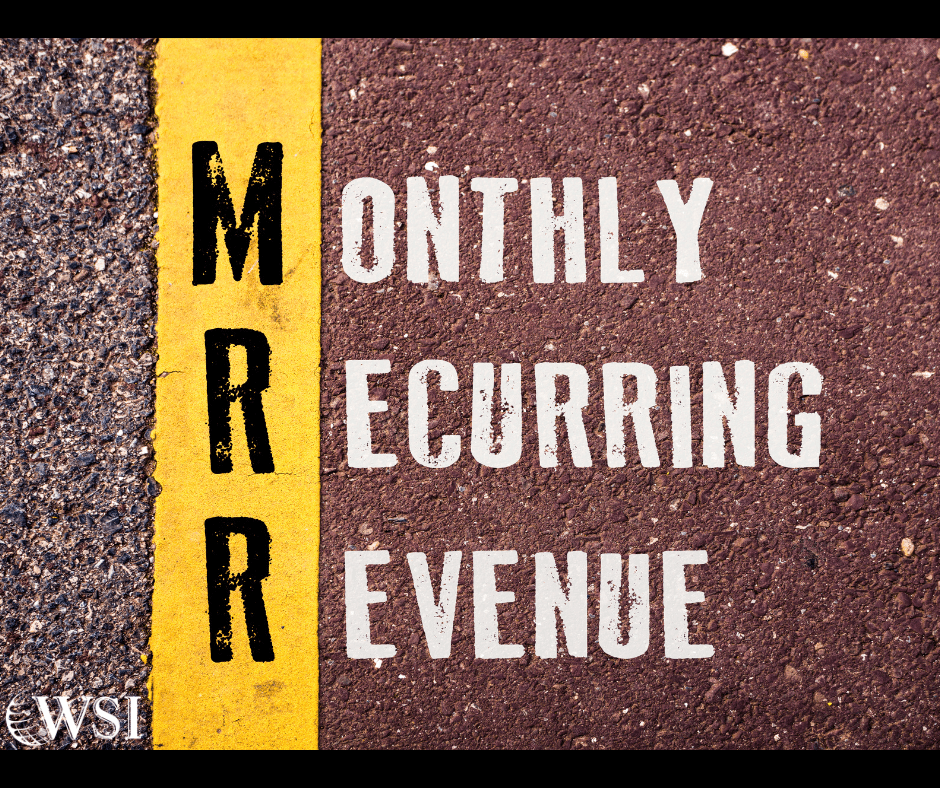In today’s fast-paced digital world, sustainability is key to long-term success. For digital agencies, transitioning to a Monthly Recurring Revenue (MRR) model can be the answer to escaping the traditional feast-or-famine cycle. This approach offers not only financial stability but also the opportunity to grow and scale more predictably. By focusing on ongoing services rather than one-time projects, agencies can build a consistent income stream, allowing them to invest in their future and provide better service to clients.
Why Adopt a Monthly Recurring Revenue Model?
The MRR model is particularly advantageous for digital agencies because it aligns their financial health with client retention and satisfaction. Unlike the traditional project-based approach, where income is unpredictable and often tied to the completion of specific tasks, MRR ensures a steady flow of income. This stability allows agencies to plan better, allocate resources more effectively, and ultimately deliver higher-quality services.
Moreover, MRR shifts the focus from merely completing projects to building long-term relationships with clients. This ongoing engagement not only increases client loyalty but also opens up opportunities for upselling additional services. For instance, a client initially paying for basic SEO services might later add on social media management or pay-per-click advertising, further boosting the agency’s revenue.
How to Transition to a Monthly Recurring Revenue Model
Transitioning to an MRR model involves a strategic shift in how services are packaged and sold. Agencies should start by assessing their current offerings and identifying which services lend themselves to a recurring model. Services like SEO, content marketing, and social media management are ideal for this, as they require continuous effort and deliver ongoing value to clients.
Once the services are identified, the next step is to reframe them as ongoing commitments rather than one-time projects. This might require a change in how these services are priced and marketed. Instead of charging a one-off fee for a website redesign, for example, agencies could offer it as part of a broader package that includes ongoing maintenance and optimization.
Pricing Strategies for Monthly Recurring Revenue
Pricing is a critical component of the MRR model. Agencies must ensure that their pricing reflects the value delivered over time, rather than just the hours spent on a task. This often means shifting from a time-based pricing model to a value-based one, where the focus is on the outcomes achieved for the client.
For instance, an agency might charge a flat monthly fee for SEO services, which includes a set number of deliverables like blog posts, backlinks, and on-site optimization. The key is to ensure that this fee covers the cost of delivering the service while also providing a healthy profit margin. Additionally, pricing should be structured in a way that encourages clients to commit to longer-term contracts, further enhancing revenue stability.
Building Strong Client Relationships
A successful MRR model relies heavily on strong client relationships. Agencies must continually demonstrate the value of their services to retain clients and prevent churn. This means not only delivering results but also communicating them effectively. Regular reports and updates can help clients see the tangible benefits of the services they are paying for, reinforcing their decision to continue the partnership.
Moreover, agencies should be proactive in identifying additional needs that clients may have and offering solutions that fit within the MRR framework. This could involve upselling additional services or bundling multiple services together to create more comprehensive packages that deliver greater value.
Conclusion
Transitioning to a Monthly Recurring Revenue (MRR) model is a powerful strategy for digital agencies looking to achieve financial stability and sustainable growth. By focusing on delivering ongoing value to clients and building long-term relationships, agencies can create a reliable income stream that supports their business objectives. While the transition may require changes in how services are packaged, priced, and sold, the benefits far outweigh the challenges. Learn how to have a well-executed MRR strategy with WSI, and your digital agency can thrive in an increasingly competitive market, ensuring long-term success for both yourself and your clients.

Jukka founded WSI Web Enhancers in 2012. His progressive and pioneering SEO approaches help businesses increase traffic while improving conversion rates. As an accomplished digital marketing authority, he spins effective web design, SEO, and social media engagement into winning strategies for local and national companies.






